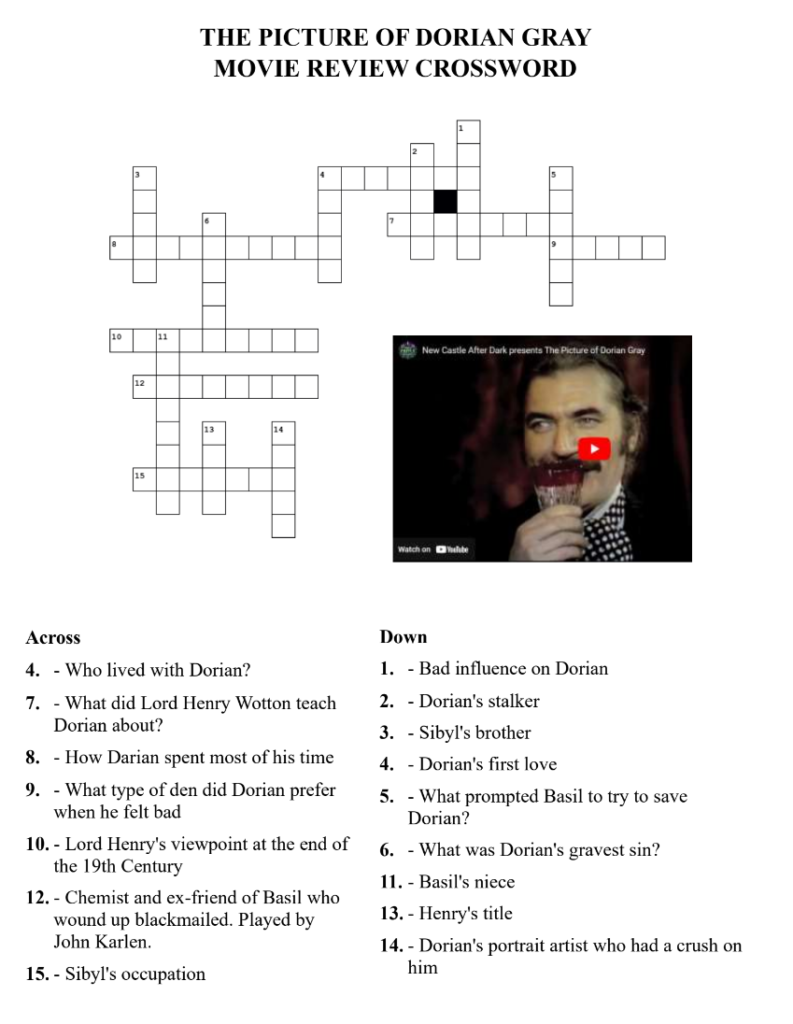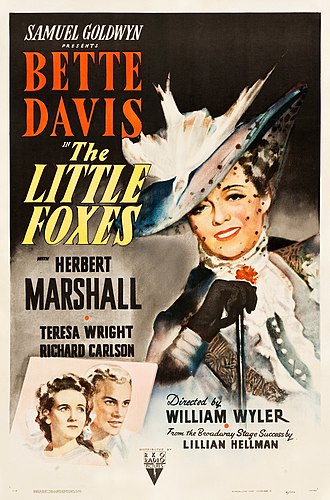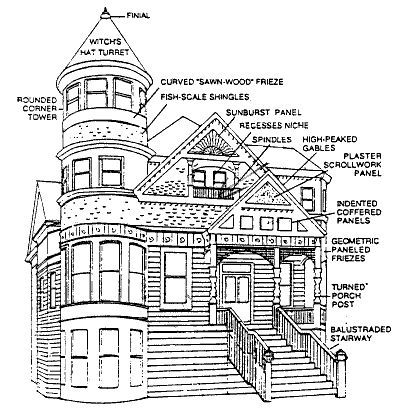
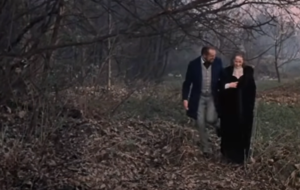 THE ATMOSPHERE: The movie is anchored in the late 1800s and brief atmospheric scenes support his. This is a good way for authors to learn about anchoring the story in England, in the historical time period and giving it the 'gothic vibe' which I'll be referring to throughout this review.
THE ATMOSPHERE: The movie is anchored in the late 1800s and brief atmospheric scenes support his. This is a good way for authors to learn about anchoring the story in England, in the historical time period and giving it the 'gothic vibe' which I'll be referring to throughout this review.
THE SCENERY: The scenery was beautiful but it played a supportive role in this movie. It was just beautiful enough to give the movie a great look and add to the beauty of the movie in general. Any snapshot still could be a writer's exercise is describing an 1800's historical scene.
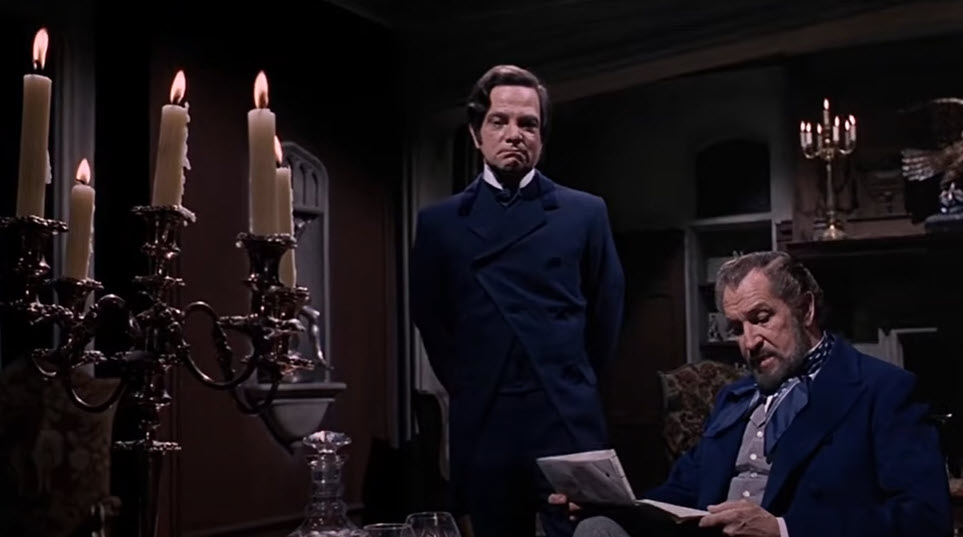
SETS/STAGECRAFT: I love the sets used in this film. I also include the lighting in this category. Although it was a gothic movie, it takes place 'with the proper stage lighting'. This means that you can see everything and every scene is well-lit for drama and atmosphere. It adds to the beauty and enjoyment of the film. Is there anything worse than a modern horror film where you're squinting to see scenes shot in the dark with only one Bic lighter?
This is a great place for writers to look and learn from the ways the background scenes and objects support the scene, transmit additional information, and just anchor the scene into the time period.
COSTUMING: The costuming for everyone is great. All of the actors and actresses in this time frame were beautiful, thin and they all looked amazing in their costumes.
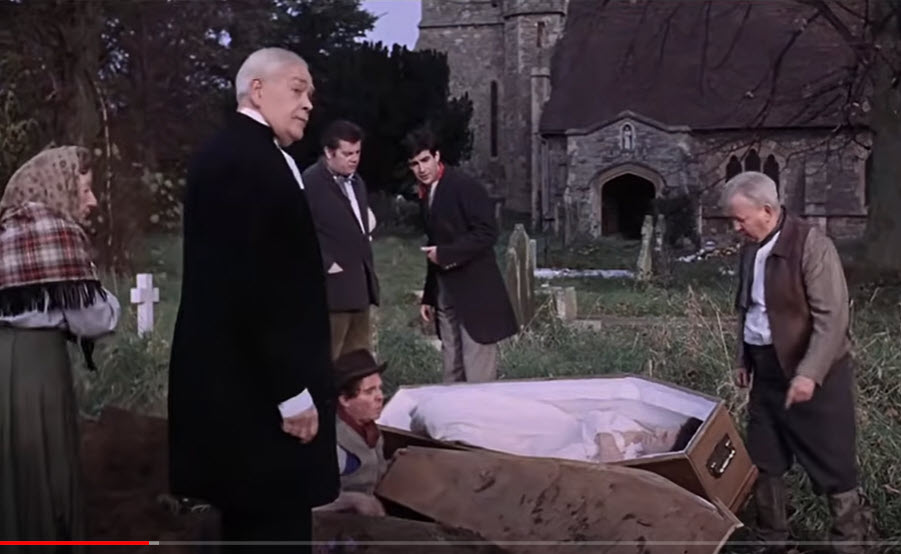
GOTHIC ELEMENTS: It wouldn't be a British gothic movie if it didn't have the prerequisite mansion, candelabra, harlots showing their ankles, wild pub scene, cabriolet, mist in the woods, silhouetted horse chase or a sinister 1800s grave-robbing scientist! It's all here and it's all delicious. This one even has a grave-digging scene which I always love!
STORYLINE/PLOTLINE: This is a great movie for beginner writers to learn from as there is a crazy horror plotline that does require the viewers to suspend their modern belief system to watch. For beginner writers, sometimes it's hard to imagine that you can rely on people setting aside their logic and reason to watch, but they do.
This is also a great plotline to learn about 'the plot twist'. The original plan that Sir Edward had, although it was crazy, it could have worked. But the twist is what happens as the result of his brother Julian wanting to do the right thing.
There are also a couple of additional turns in the plotline towards the end that have a lot to teach about keeping the tension and surprises coming. This would even be a good plotline for an author to reverse engineer to see how it all needs to be foreshadowed from the beginning.
FACIAL EXPRESSIONS AND EMOTIONS:
Any movie with Vince Price is a good one to learn about facial expressions for an author. He is often teased about over-acting, but I don't agree. When you watch him from now almost 65 years later, his acting is perfect for this 1960s gothic horror. His face is very expressive and can teach new authors a lot about the raising of eyebrows, eye movement, and more.
Author Writing Exercise Idea: Make a gif of an actor responding to an action and then describe it. Use a thesaurus and see how many new ways to describe the facial movement you can find. Here is a gif from this movie as an example. See if you can write this scene.
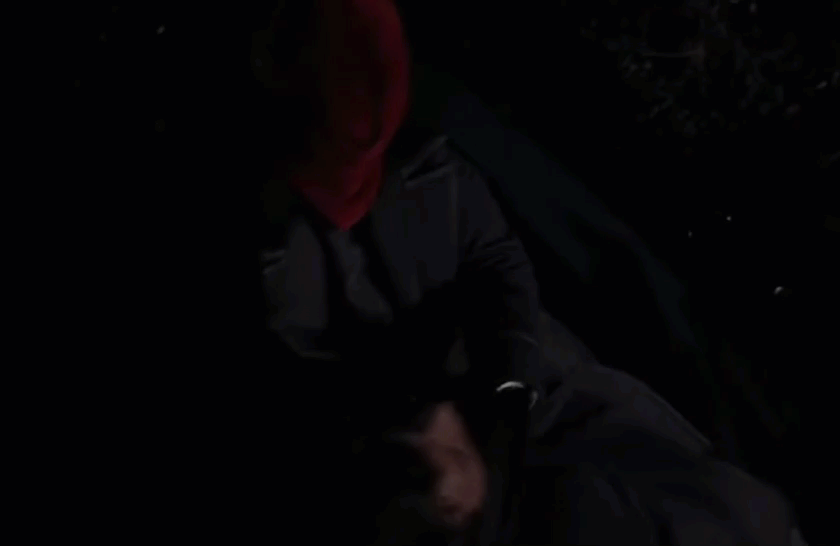
And finally, this is a great script and storyline to learn about 'clipping dialogue tightly'. This storyline is a long one, and with the twists and turns, a lot is covered in each scene. Almost every word spoken -- with the exception of the romance scenes with the ladies -- are conveying important story information. It can teach a lot about how to keep scene lean and move the plot along.



 here are many great sets where the action takes place in this movie. A good writing exercise would be to choose one of them and describe it in one paragraph. See how much information you can get into that amount of space.
here are many great sets where the action takes place in this movie. A good writing exercise would be to choose one of them and describe it in one paragraph. See how much information you can get into that amount of space.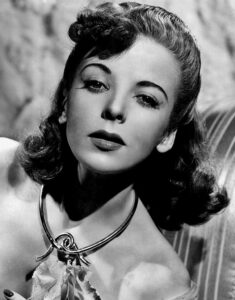 The movie starred Ida Lupino, who played the starring role as Ellen Creed. She was an English actress born in 1918 but made most of her movies in the United States. As a point of interest, she came from two generations of theater people, but she did start her own production company in the midst of the Hollywood Studio system. That was pretty daring in those years for a woman if you ask me.
The movie starred Ida Lupino, who played the starring role as Ellen Creed. She was an English actress born in 1918 but made most of her movies in the United States. As a point of interest, she came from two generations of theater people, but she did start her own production company in the midst of the Hollywood Studio system. That was pretty daring in those years for a woman if you ask me.

 As the story opens, we learn that Ellen Creeds' family falls on hard times and she winds up being a handmaiden of sorts to this ex-chorus girl Leonora Fiske who now owns their family home. Ellen has been reduced to a common servant. (Regina on screen)
As the story opens, we learn that Ellen Creeds' family falls on hard times and she winds up being a handmaiden of sorts to this ex-chorus girl Leonora Fiske who now owns their family home. Ellen has been reduced to a common servant. (Regina on screen)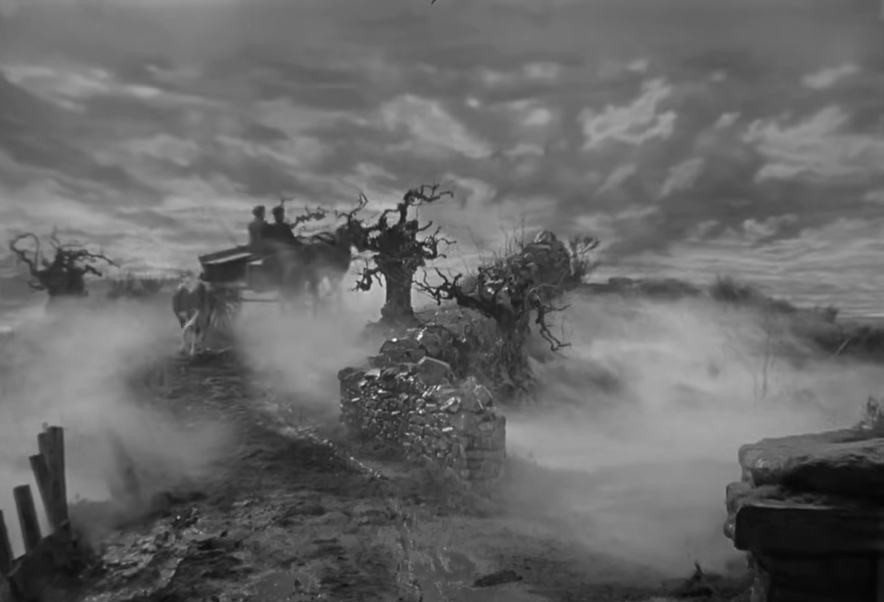
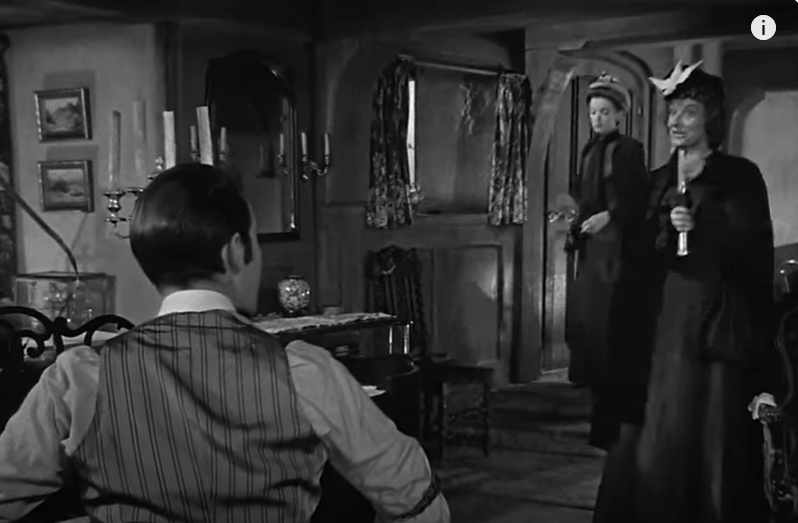
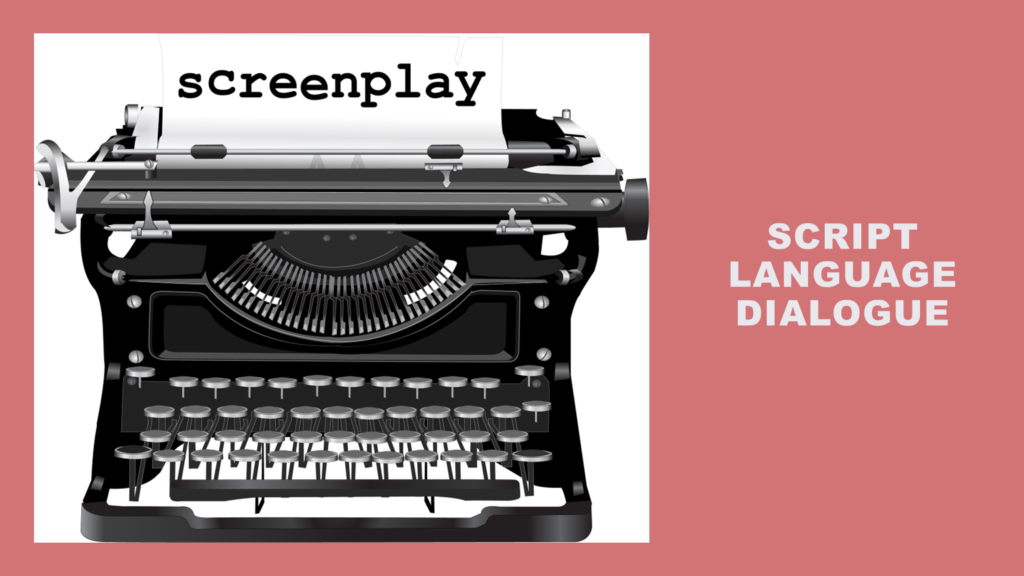

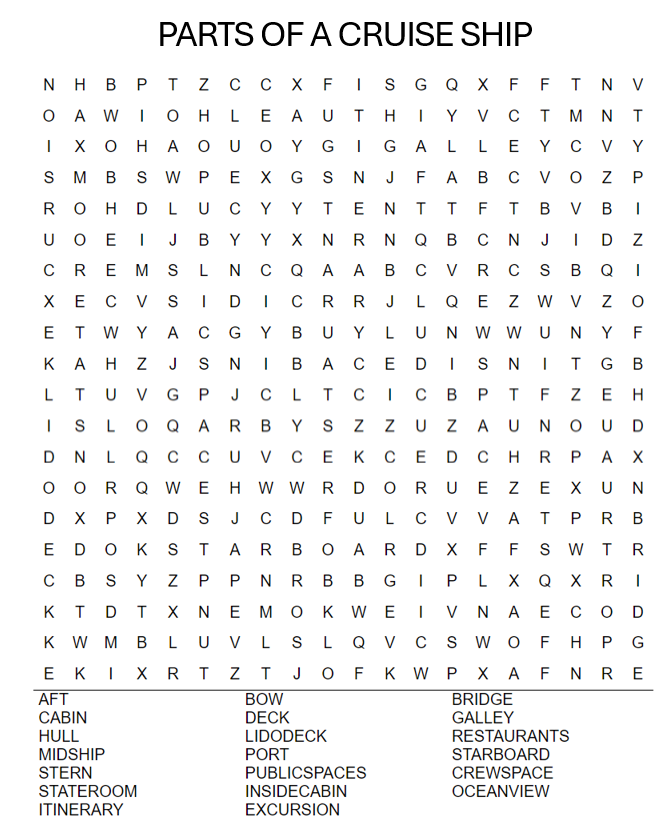
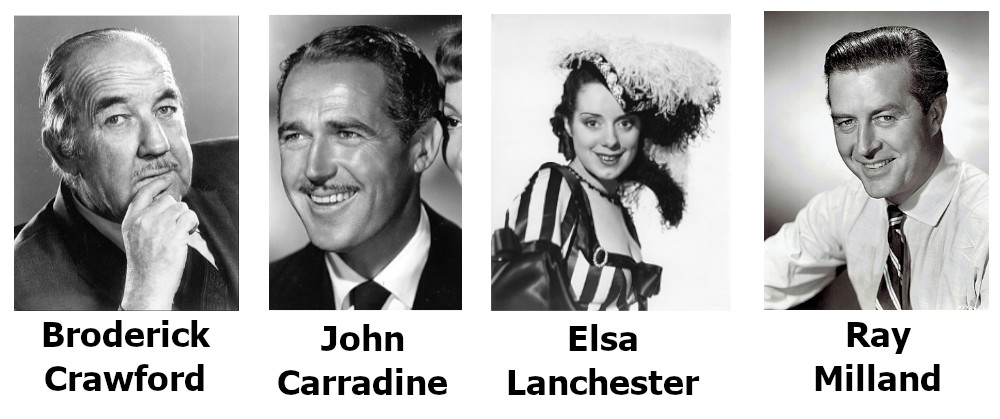
 This movie is a good study in the difference between scriptwriting and novel writing. For example: The singer in the movie doesn't really move the mystery along at all. She is there for sheer entertainment which every movie needs. She plays off of the businessman and there is a tiny subplot about how Karkov the creature fancies her and protects her in one scene. But her entire appearance in the movie could be handled with two lines of background information in a novel.
This movie is a good study in the difference between scriptwriting and novel writing. For example: The singer in the movie doesn't really move the mystery along at all. She is there for sheer entertainment which every movie needs. She plays off of the businessman and there is a tiny subplot about how Karkov the creature fancies her and protects her in one scene. But her entire appearance in the movie could be handled with two lines of background information in a novel.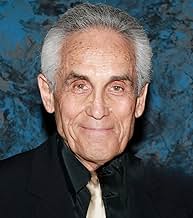 The actor who played Karkov was amazing. His character was a mute but he acted with grunts and used his whole body for his portrayal of the wax museum creature. He did an amazing job.
The actor who played Karkov was amazing. His character was a mute but he acted with grunts and used his whole body for his portrayal of the wax museum creature. He did an amazing job.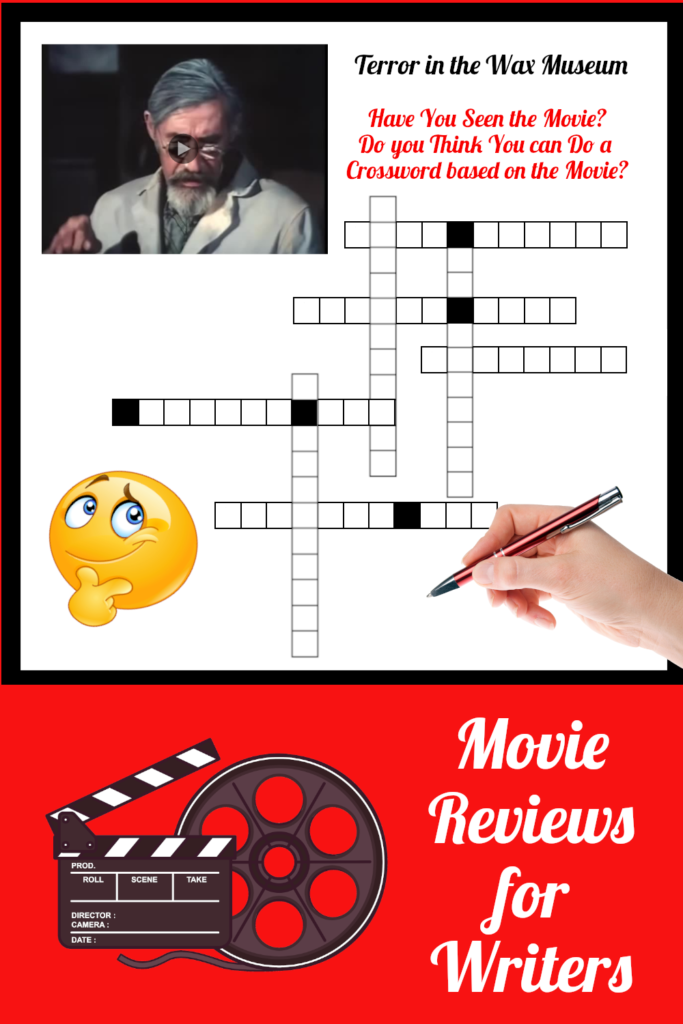
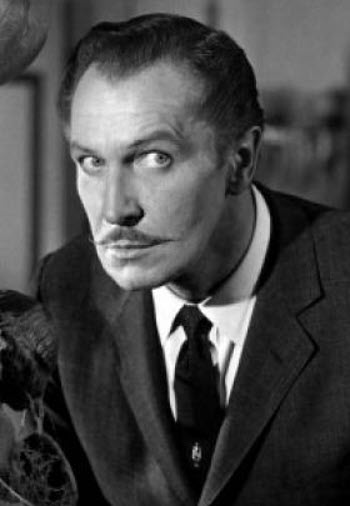 The movie was produced and directed in 1959 by British director Gordono Hessler. This movie stars Vincent Price and Christopher Lee. It is the first movie that stared both actors.
The movie was produced and directed in 1959 by British director Gordono Hessler. This movie stars Vincent Price and Christopher Lee. It is the first movie that stared both actors.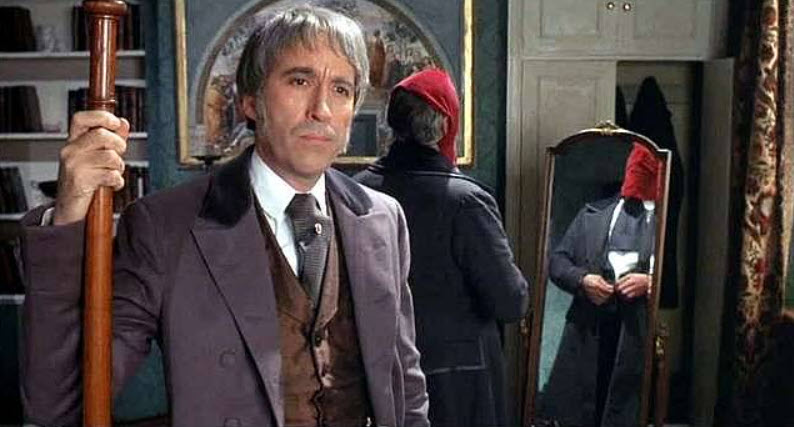
 THE ATMOSPHERE: The movie is anchored in the late 1800s and brief atmospheric scenes support his. This is a good way for authors to learn about anchoring the story in England, in the historical time period and giving it the 'gothic vibe' which I'll be referring to throughout this review.
THE ATMOSPHERE: The movie is anchored in the late 1800s and brief atmospheric scenes support his. This is a good way for authors to learn about anchoring the story in England, in the historical time period and giving it the 'gothic vibe' which I'll be referring to throughout this review.


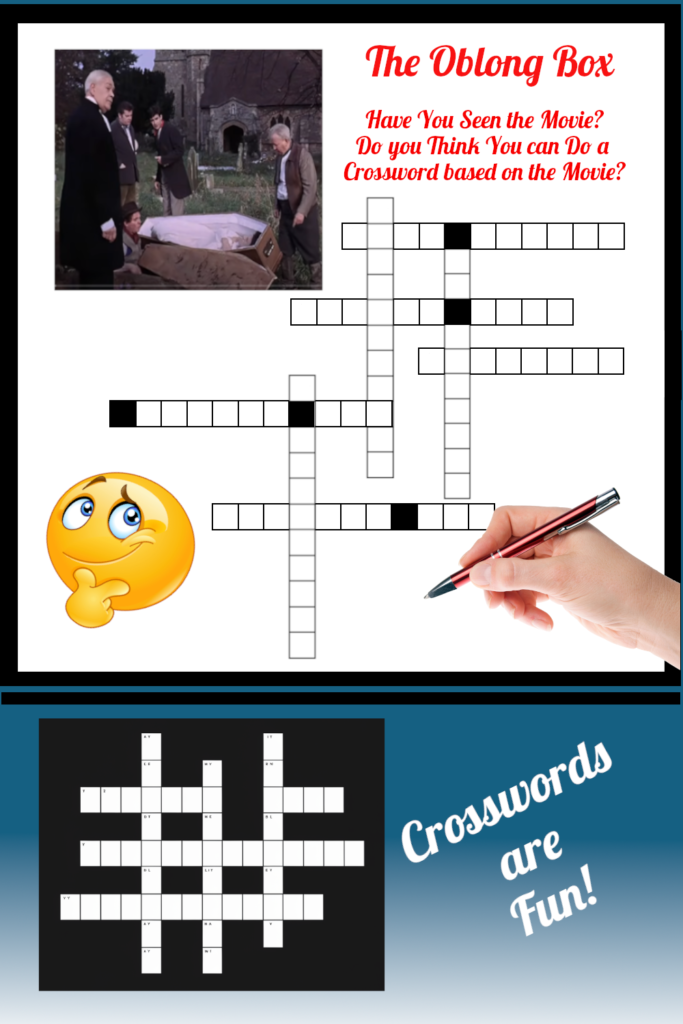
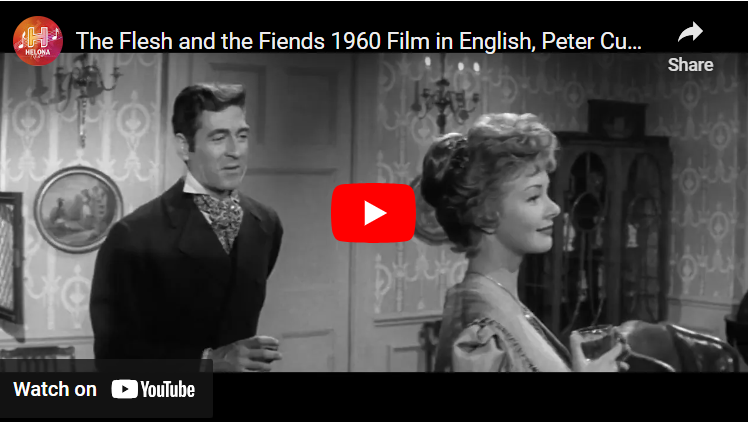
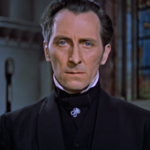
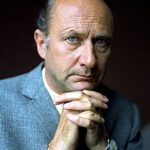
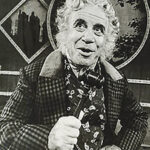
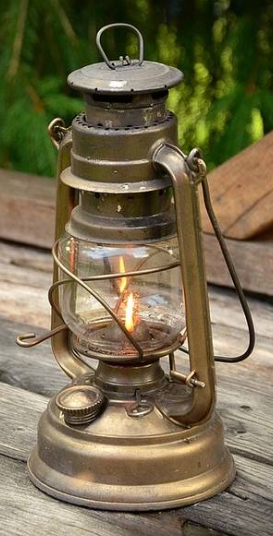 As soon as the movie starts, an information panel with the date is posted giving the viewer an exact time frame. It also gives you the name of Dr. Knox and tells you he's a scientist. The viewer is immediately anchored in the late 1800s when the story starts. Aside from this, the scene further anchors you in the 19th century by the fashion, the kerosene lights, the cobblestones, the scientific props and the dialogue.
As soon as the movie starts, an information panel with the date is posted giving the viewer an exact time frame. It also gives you the name of Dr. Knox and tells you he's a scientist. The viewer is immediately anchored in the late 1800s when the story starts. Aside from this, the scene further anchors you in the 19th century by the fashion, the kerosene lights, the cobblestones, the scientific props and the dialogue. What I love about the old movies in particular is that most of them were moral tales of one type of another. The scriptwriter and director had a point in presenting the story and it was almost always a moral point. Today, there are thousands of these 'a slice of a meaningless life with one glorified sin' movies that I abhor mainly because they are empty and pointless. So the fact that this story had a dual moral tale made it all the more enjoyable.
What I love about the old movies in particular is that most of them were moral tales of one type of another. The scriptwriter and director had a point in presenting the story and it was almost always a moral point. Today, there are thousands of these 'a slice of a meaningless life with one glorified sin' movies that I abhor mainly because they are empty and pointless. So the fact that this story had a dual moral tale made it all the more enjoyable.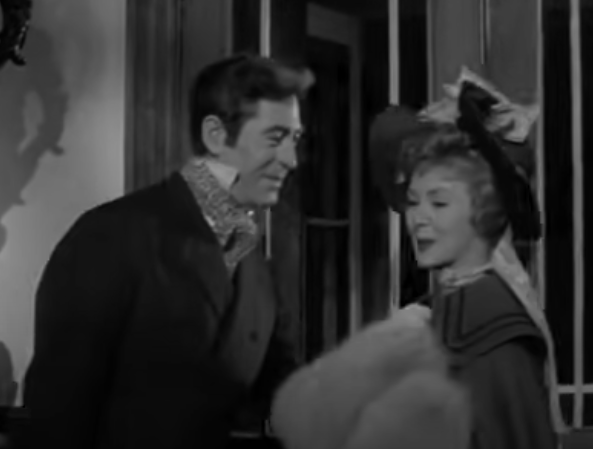 The characters are very "Charles Dickens like" almost to the point of being comical. An author can learn a lot about creating characters, especially ones who fit into a Charles Dickens type of story. The bad guy and bad girl characters were a little over the top -- but not too much. Just enough to make them colorful, enjoyable and watchable.
The characters are very "Charles Dickens like" almost to the point of being comical. An author can learn a lot about creating characters, especially ones who fit into a Charles Dickens type of story. The bad guy and bad girl characters were a little over the top -- but not too much. Just enough to make them colorful, enjoyable and watchable.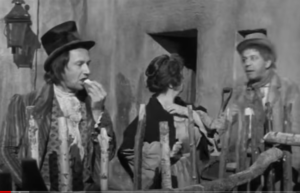 It's so helpful to also see how the set director arranged the backdrop of the scenes to add in historical elements, all of which enrich the story. For example, the cobblestones, the street gas lights, occasional hand-held torches, the mob with torches, even the archaic scientific lab. These all kept the story anchored in the time frame.
It's so helpful to also see how the set director arranged the backdrop of the scenes to add in historical elements, all of which enrich the story. For example, the cobblestones, the street gas lights, occasional hand-held torches, the mob with torches, even the archaic scientific lab. These all kept the story anchored in the time frame.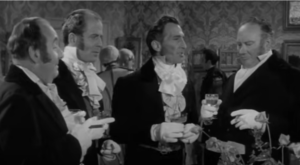



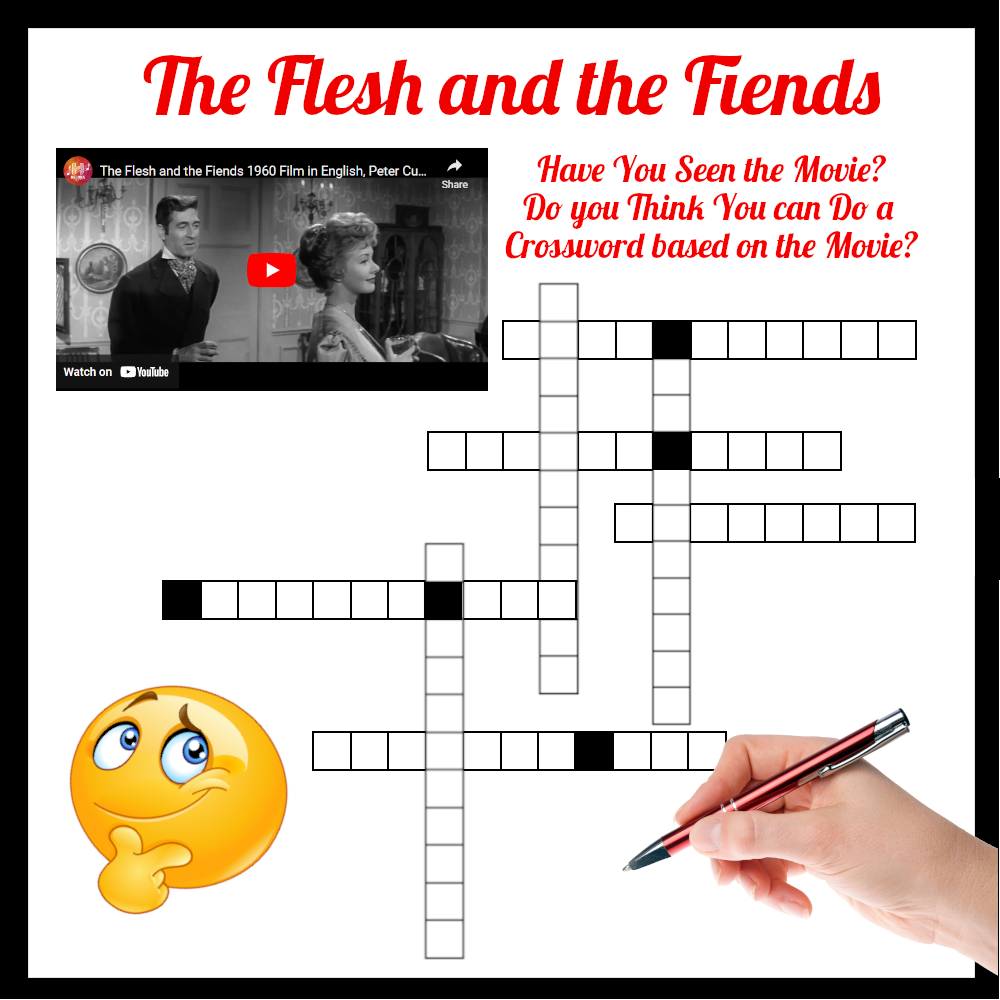
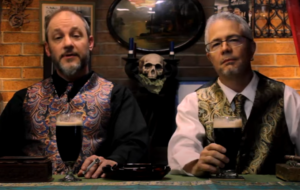 They present the movies on their channel and they begin with a short introduction and quick discussion about the movie and who plays what parts.
They present the movies on their channel and they begin with a short introduction and quick discussion about the movie and who plays what parts.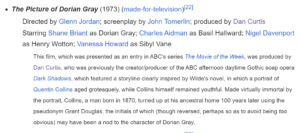 The story for anyone that doesn't know it is that an artist paints a picture of Dorian Gray while he is in his youth. He wonders out loud that wouldn't it be great if the picture could age and he could stay young, instead of the other way around. Well, that's what happens.
The story for anyone that doesn't know it is that an artist paints a picture of Dorian Gray while he is in his youth. He wonders out loud that wouldn't it be great if the picture could age and he could stay young, instead of the other way around. Well, that's what happens.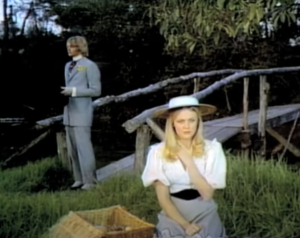 These movies that are shot almost like plays are very helpful in setting a scene for a book. Nothing is ethereal or being described with shooting camera angles or other MTV style movie effects.
These movies that are shot almost like plays are very helpful in setting a scene for a book. Nothing is ethereal or being described with shooting camera angles or other MTV style movie effects.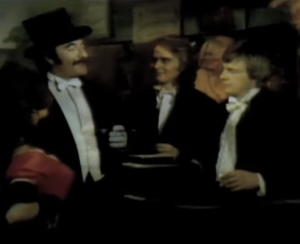
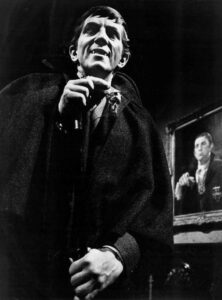 Dark Shadows Reddit Group
Dark Shadows Reddit Group